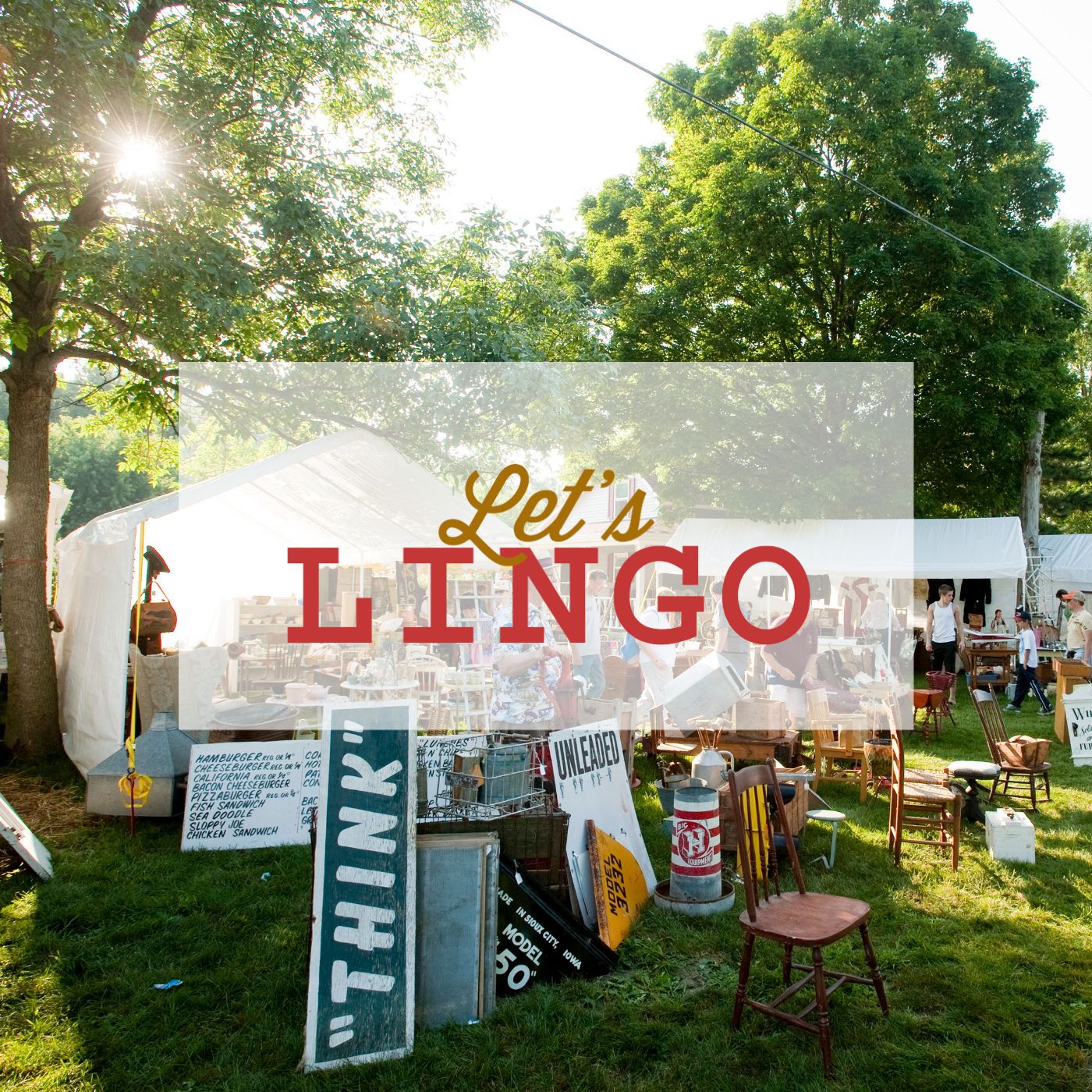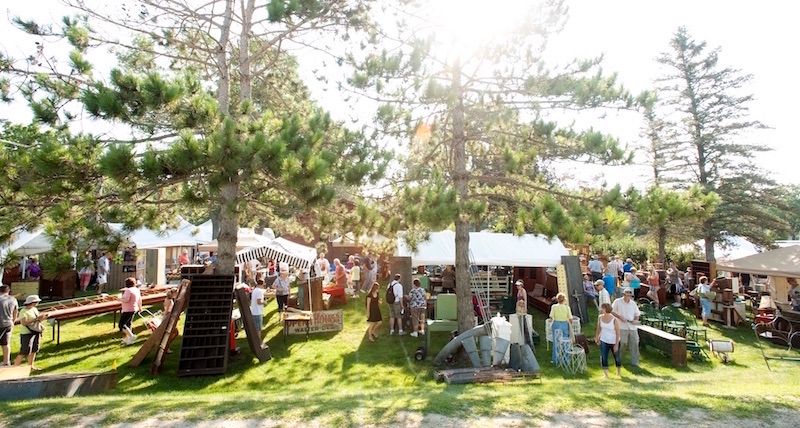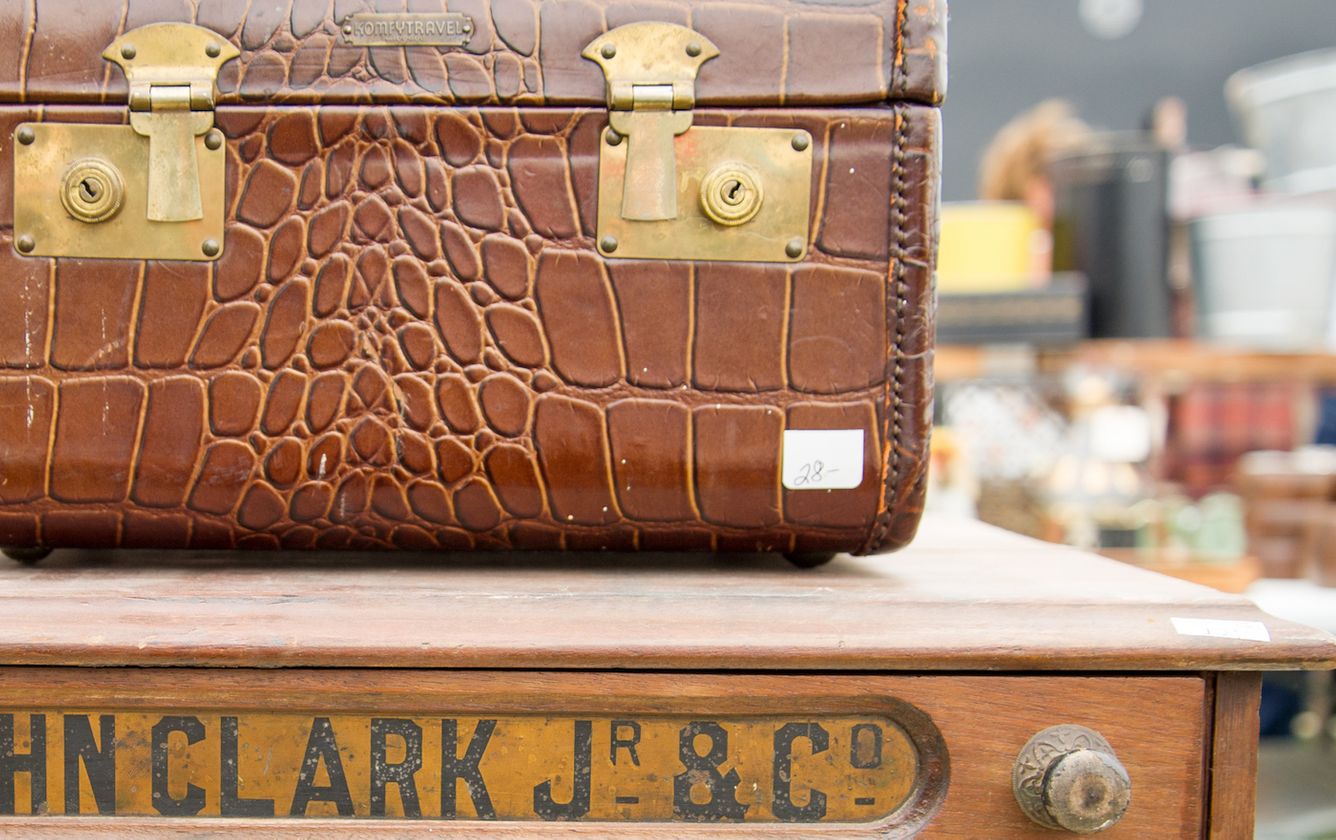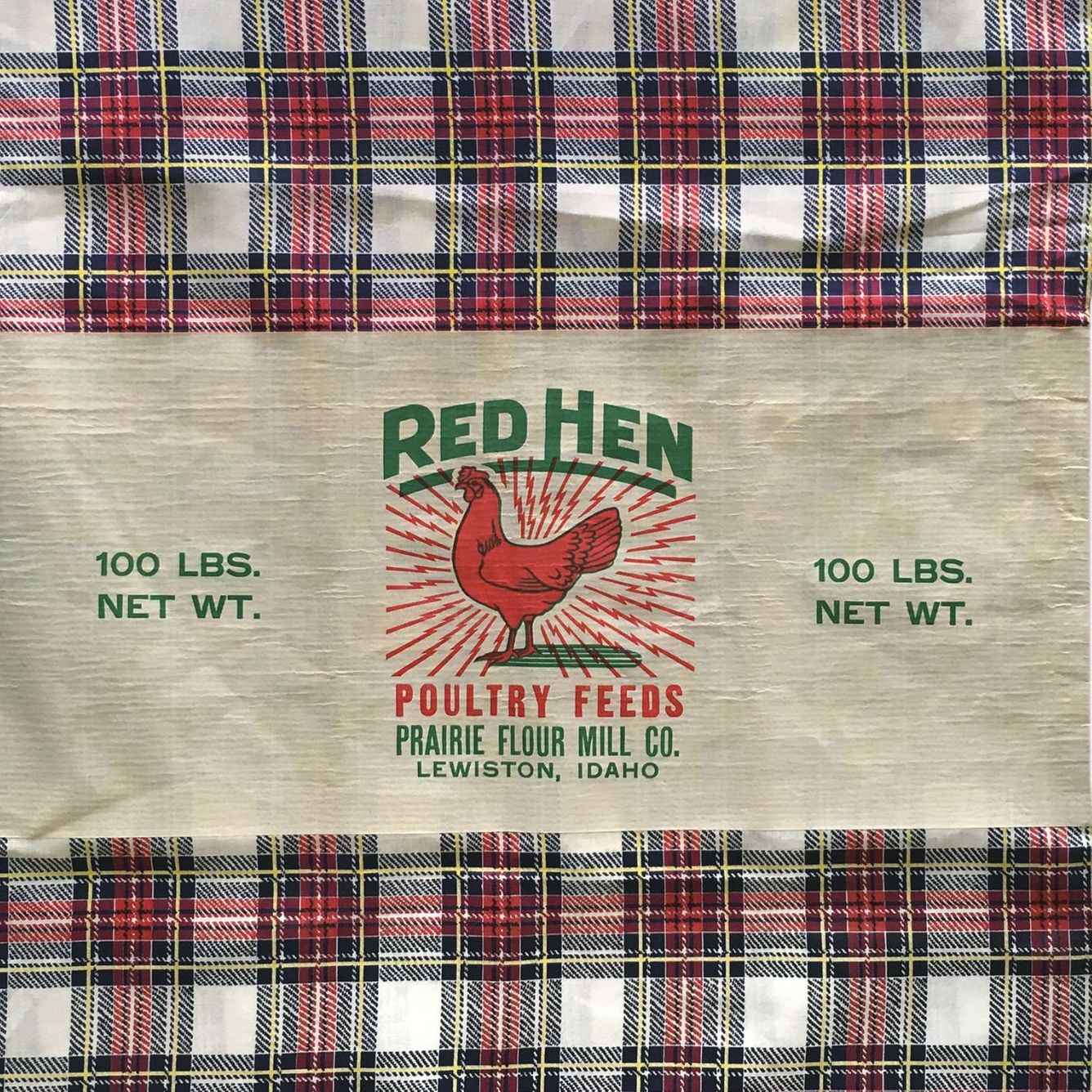
Let's Lingo
It pays to know some key shopping terms when you hit this season's flea markets and shows.
Do you speak vintage? Junking pro Ki Nassauer deciphers some common terms so you’re in the know when the hunt is on.

ANTIQUE: Objects that are more than 100 years old.
JUNKER: You know who you are! Anyone who thrills to the hunt of old, forgotten, worn, often dusty, rusty and crusty objects.
NEW OLD STOCK (N.O.S.): This is merchandise that was made years ago and has never been used. Often, these items can be traced to factory closings and retail stores going out of business.
PICKER: Don’t confuse “picker” with “dealer.” Pickers are the middlemen/women. They hunt down stuff to sell to dealers and shops. They cater to their client’s wish lists. A dealer sells to the public at antiques malls, flea markets and shows.
RECLAIMED/RECYCLED: This typically refers to the materials re-used to make a piece, but does not necessarily mean the actual piece is old. It’s a common term used on tables made from salvaged lumber from barns and industrial buildings.
REPRO: Short for reproduction. It means a piece is not old it just looks old. Companies have perfected their manufacturing techniques so it is often difficult to tell the age of an item.
REPURPOSED: Originally used for a different purpose and generally does not include alterations. The iconic mason jar would be the perfect example; once used to hold preserved fruits and veggies, it’s been turned into a floral vase or drinking glass.
SMALLS: Items that weigh less than 10 pounds and occupy less space than a breadbox. They can be cheap or expensive. Used in a sentence: Tom’s booth always has a table filled with smalls. (Ki’s shopping tip: Save shopping the really small items for the end since they take time to dig through.)
VINTAGE: Ki tends to define vintage as being at least 40 years old. Others may be more lenient—Etsy, for example, says 20 years old. While there’s no strict definition, vintage should be older than just “used!”
VINTAGE-STYLE/VINTAGE-INSPIRED: Made to look old, but not truly old. Don't be fooled by shopping sites labeling products that include the word “inspired” or “style.”
PHOTO Dean Riggott at Downtown Oronoco Gold Rush Days
HOME PAGE


